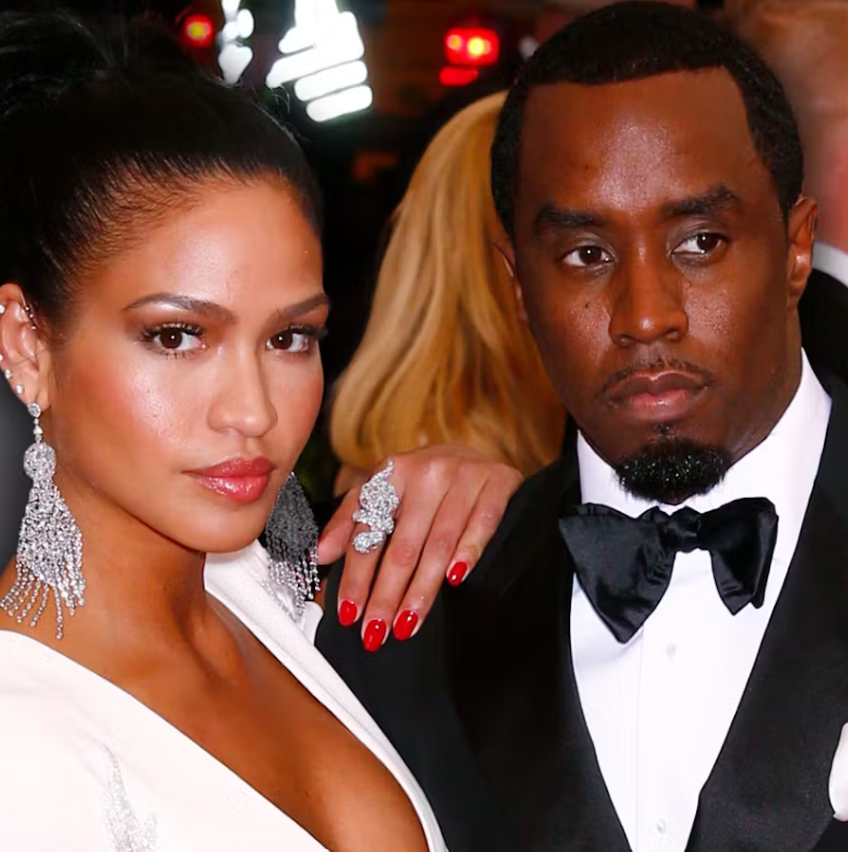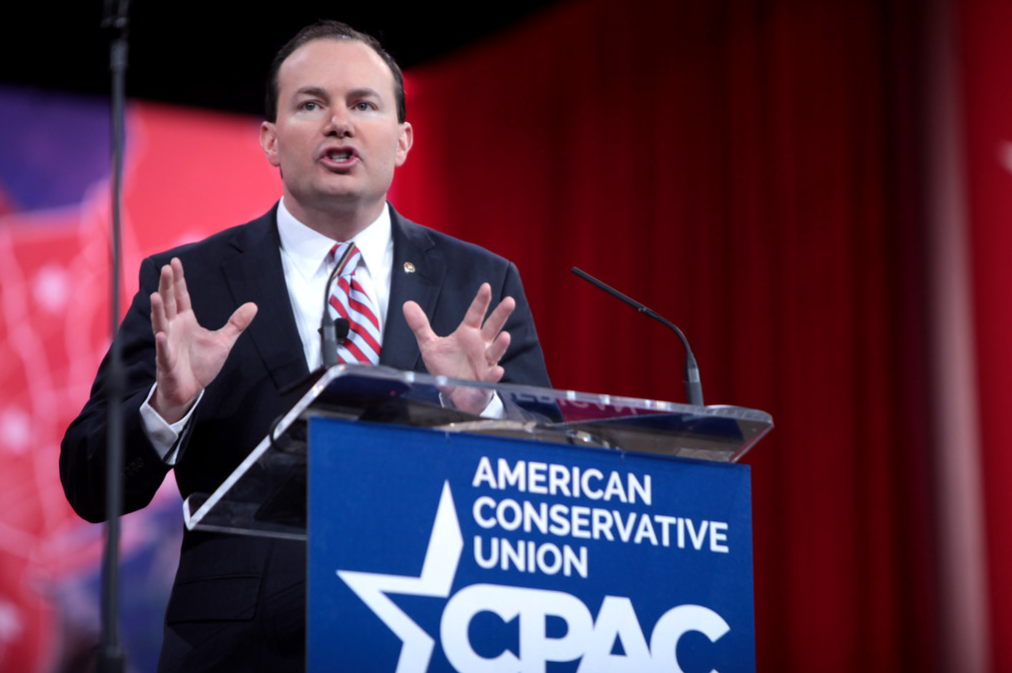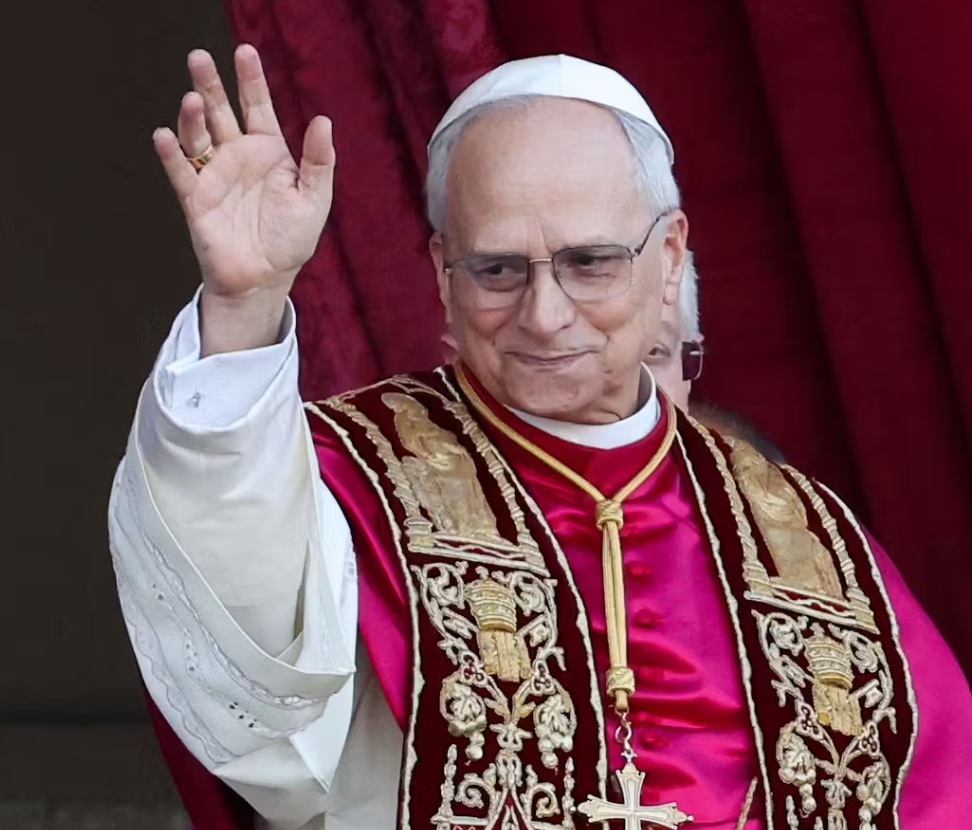In an intriguing turn of events, Taylor Swift found herself in a legal tangle with a college student named Jack Sweeney over his actions of tracking her private jet’s movements and sharing them on social media. The saga unfolded when Swift’s legal team sent Sweeney a cease and desist letter in December, accusing him of “stalking and harassing behavior” by posting real-time updates of Swift’s flight information. This move by Swift’s team highlighted their concerns for the pop star’s safety, pointing to the potential dangers posed by revealing her whereabouts to the public.
Sweeney, a junior at the University of Central Florida, responded defiantly by posting a two-page rebuttal on the social media platform X, cleverly quoting lyrics from Swift’s 2017 hit “Reputation” alongside his legal counterargument. In his defense, Sweeney argued that he had done nothing wrong, as the flight data he shared was publicly available information sourced from the Federal Aviation Administration. This detail underscores the public nature of the information Sweeney was disseminating, framing his actions within the realm of protected speech rather than illicit conduct.
The response from Sweeney’s attorney, James Slater, to Swift’s legal threat was assertive. Slater challenged the validity of the cease and desist letter, stating that it failed to cite any specific law that Sweeney had violated. He emphasized that tracking and sharing flight information did not constitute a credible threat to Swift, thereby dismissing the stalking accusation. Moreover, Slater highlighted Sweeney’s history of tracking the flights of other high-profile individuals, such as Elon Musk and some Russian oligarchs, suggesting that Sweeney’s actions were part of a broader interest in public figures rather than targeted harassment of Swift.
This legal standoff between Swift and Sweeney raises several pertinent questions about privacy, public information, and the boundaries of free speech. It also casts a spotlight on the modern challenges celebrities face in maintaining their privacy in an age where vast amounts of personal data are accessible through public databases. As the situation continues to unfold, it remains to be seen how the legal arguments on both sides will be reconciled and what implications this will have for public figures’ privacy rights and the public’s access to information.




